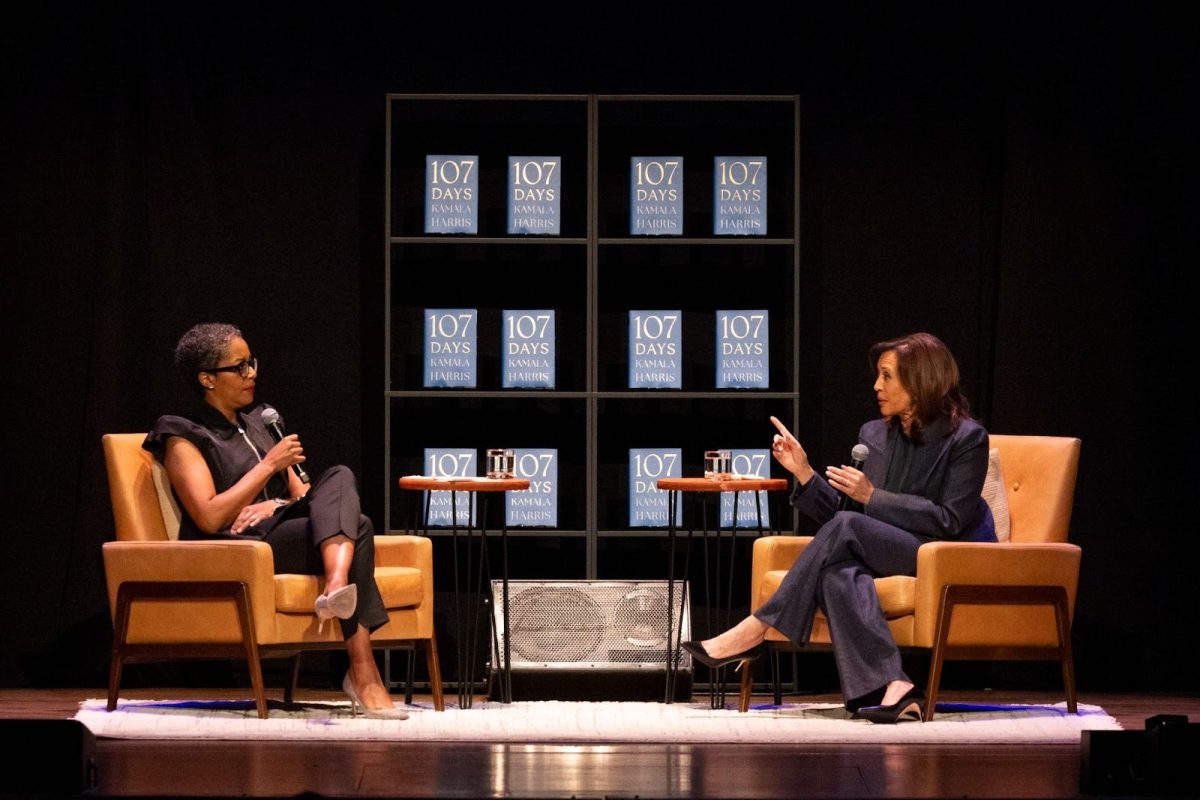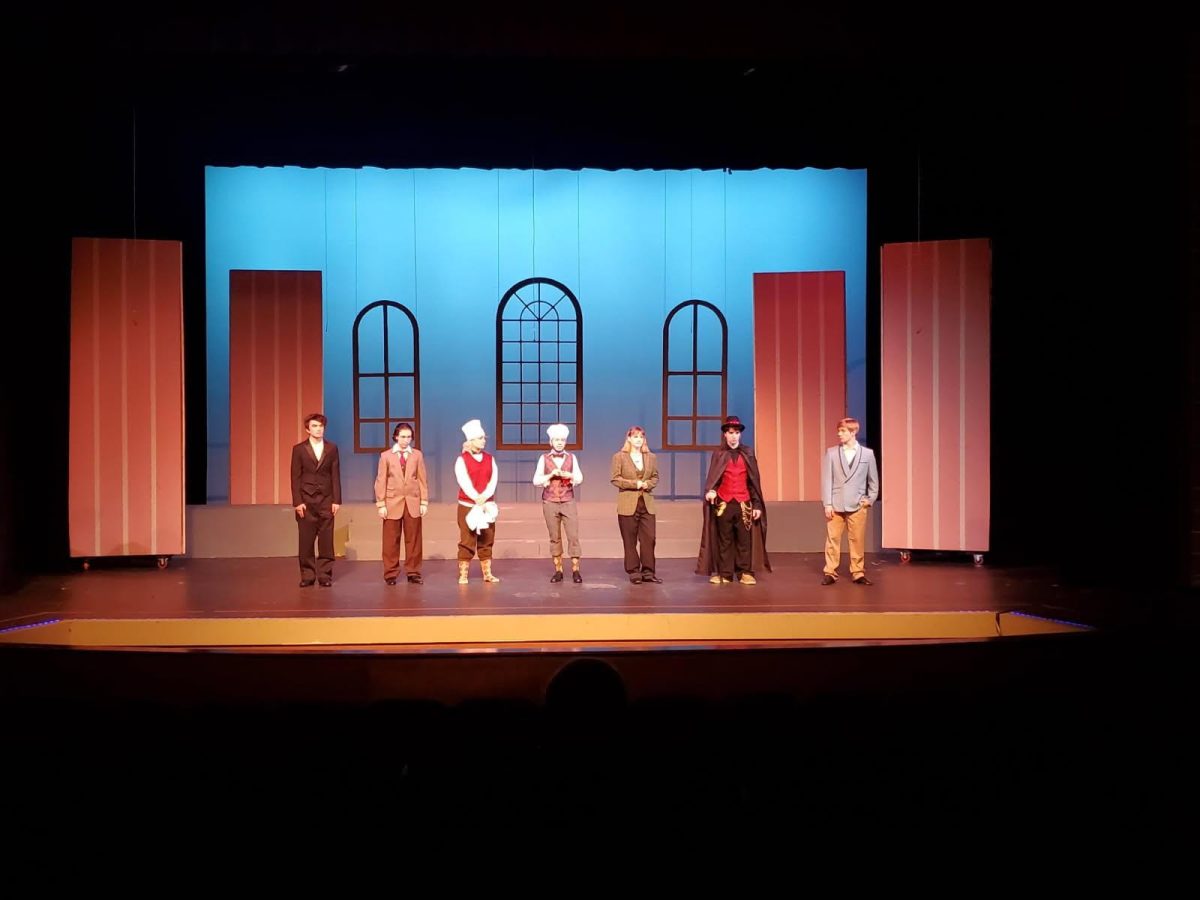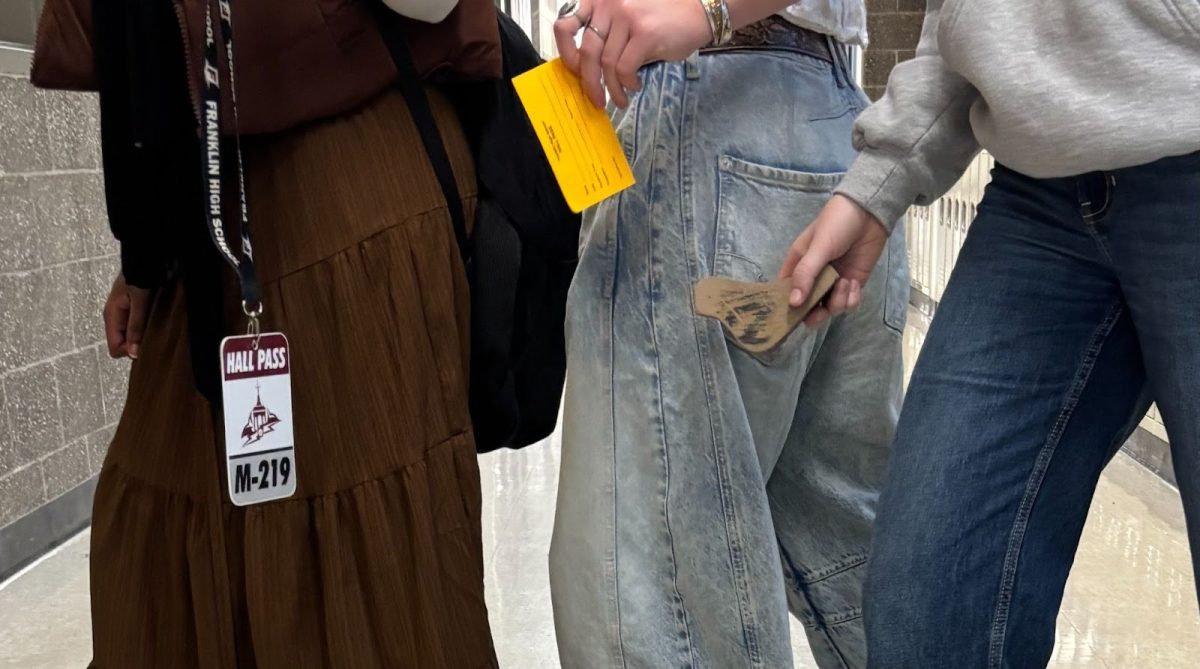
As the political sphere and other current events have evolved, so too have the environment and curriculum inside the classroom. This integration engages students and strengthens a curriculum’s longevity, allowing teachers to use it in future lessons. However, one may argue that the foundations of the education system have not changed with the rest of the world. Prince Ea, a poet, filmmaker, and public speaker published a video in 2016 that reached over thirteen million views titled I Just Sued the School System, in which he argued that modern education kills creativity, individuality, and is intellectually abusive: “[The school system] is an ancient institution that has outlived his usage.” Ea continues by comparing a modern day phone, car, and classroom to those used one hundred and fifty years ago. “In literally more than a century nothing has changed,” he says. The classrooms mirror each other and show no drastic changes, unlike that of the phone and car. History shows that the school system was designed to train people to work in factories. There are clear parallels between the Industrial Era education model and today’s classrooms. Students are placed in neat rows, taught to ask permission before speaking, receive a timed schedule with a lunch break, and taught to compete for a letter grade, similarly used to determine product quality.
The Industrial Era and the modern day education model contain distinct similarities in how the times in which they were active affected their success and popularity. This connection has not gone unnoticed by Franklin teachers. Elisa Wong, an AP Language and AP Seminar teacher, has successfully incorporated current events and new publications into her teachings. “One of the things I consider when I’m creating my units and lessons for AP Language is really the knowledge that the students bring in when they walk through the door, and trying to capitalize on that as much as possible,” says Wong. AP Language focuses on the occasion, context and time period of pieces of writing. These focuses can often be difficult to address when reading pieces from fifty to one hundred years before one’s time. “It is really nice to bring in a piece where [the students] are living in the time and place or in the world of ideas that is producing a piece of writing. I think that is really helpful for students. Those are the days I think students have the most to say about a topic,” she says.
It has proven to be a broadening experience for Wong. “Anytime I use a new piece, I am with the students at the same time seeing how a discussion unfolds. I can’t really plan for that, so I have to be on my toes. I can see how using more timely pieces would be successful… but they are definitely not the majority of the curriculum,” she says. The curriculum that teachers provide to the students are often created by district who lack the awareness of needs in the classroom. These policy makers design teachings to provide as much information to the student without the recognition of one’s personal needs and how they learn best. As Ea says, “teachers are heroes that often get blamed, but they’re not the problem… curriculums are created by policymakers, most of which have never taught a day in their life.”
To say teaching using historic examples is not useful or not relevant when attempting to create motivation and engagement with students would be simply ignorant to its uses. In fact, this is why connecting the past and the present is necessary. If this weren’t the case, education would lack in its variety and perspective, and fail to foster the connections necessary to understand the world and how it has come to be. “The world has progressed and now we need people who think creatively, innovatively, independently, and with the ability to connect,” says Ea.
Creativity, innovation, independence, and the ability to connect can all be fostered by engagement. And likewise engagement can be fostered by incorporating current events while also teaching what happened before them. “If we aren’t making connections between what has happened in the past, and what is happening currently to the students’ lives and our lives in general, then I’m not sure that we are really doing a good job of educating and helping create an informed citizenry,” Wong says.
Without history, humanity knows nothing of its past, ancestors, cultures and the path the world has followed. Without history, children lose fundamental aspects of their identity, and education becomes static. “Using past examples is what most people do. I rely on it, looking at established pieces of writing that I know have been powerful, impactful, and interesting, I go to that because I know that they work,” Wong continues.
Wong successfully incorporated John McCain’s speech “I Lived and Died a Proud American” into her curriculum. “[John McCain’s letter to America] was a way to practice a strategy with a piece that is timely. The skill would be the same no matter what text I use, so why not use something that students would know or at least have heard about,” says Wong. Wong also successfully integrated the speech “We Call BS” by high school American activist Emma Gonzalez. “I love that it was from a young person. That was so different from what I have done in previous years.”
By incorporating current events into everyday lessons, the classroom becomes interesting, relevant, and increases engagement with students. Without the combination of teaching the past and the present, civilization wouldn’t be where it is now. The world will continue to evolve and so will education, forming creative, unique, driven citizens.

































